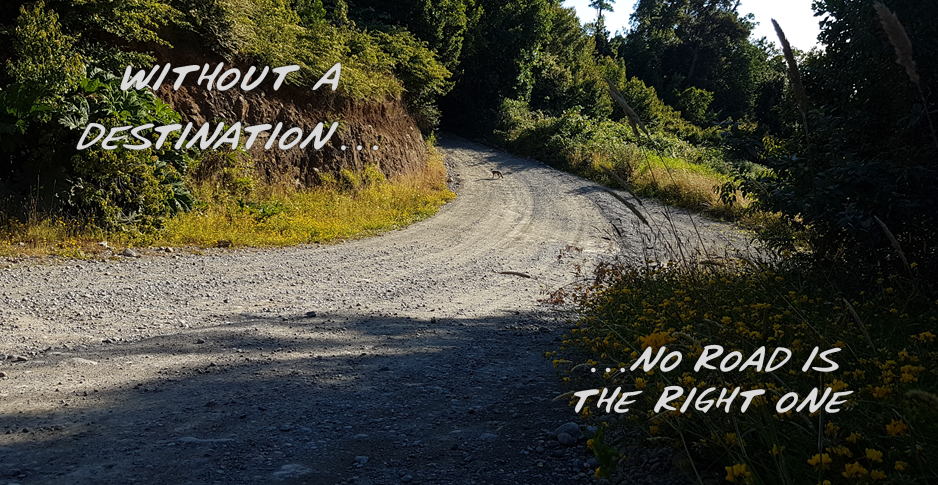Publicly accessible, online sites became more and more popular during the 80’s, and in the 90’s big business was really starting to take notice.
Through a recruitment firm, Citi had brought me in to assist Mike O’Neill, newly-minted Senior VP of the brand new division for global e-Commerce – doubling the department’s headcount.
Our task: design and build an e-Commerce operation from scratch to handle Citi’s online presence around the globe. How many thousands of businesses, banks, workers and their families depended on the current portfolio of disparate businesses, partnerships, and networks? Zillions.
What we were to build had to support them all, within a volatile, rapidly growing environment.
It’s scale dwarfed IBM’s Customer Service integration, continent-wide data center integration effort; It was far more than any prior assignment.
As was shortly discovered, the Board of Directors had no specific targets for success, just a high-level strategic goal with a mandate for us to make it happen.

That is a terrifying prospect!
Mike worked to establish relationships with HR, facilities, and the rest of Citi’s departments to get our basic needs up and running, as well as survey the entire, massive landscape of corporate operations; I plotted how to provide the best value per hour.
I called the most likely C-suite Board member I could find, introducing myself and requesting a copy of the latest, enterprise-wide strategic plan for the initiative…he’d “get back to me.”
After lunch, Mike came by a I’d scrounged: “[the director] called. He asked me what the hell was going on.” I explained my view of our support role, and that “to best advance the Board’s goals for the future, we need to know what they are.”
“That’s about what I thought” he said, and with a sly smile: “…and that’s what I told ’em.” That was a great first day.
A constantly lurking risk was we might miss critical aspects of operations which could prove disastrous, given the stakes, and operations so massive and complex, no one can fully grasp them.
It’s trite advice, but often invaluable: turn a disadvantage into an advantage.
…in the wise leader’s plans, considerations of advantage and of disadvantage will be blended together.
Sun Tzu – The Art of War
I proposed we leverage our vaguely defined mission by contacting each division head, sharing it, and begin eliciting their dream outcomes as they interpreted it, then we could identify critical issues and subject matter experts in operations related to the issues raised.
Our paradigm would frame our division as a service provider within the company to minimize a common problem: the perception that a department or managers’ authority and operations were being undermined or trespassed upon. Our job in eCom was to enable their success. The Director of Marketing leapt enthusiastically into the opportunity and moved his office to our area. He taught me about online outreach, acquisition, and retention; I taught him about UI/UX, response time requirements, and Napster.
We began brainstorming use cases and involved other departments, stimulating company-wide thinking, turning our disadvantage into an advantage.
By annual dollar volume, our network became the largest online financial system in the world.

They were pleased, and we move forward with great projects:
– Project Mgt Office (PMO) with Agile DevOps learned from brilliant Ernst & Young alumnus Kevin Kidd
– Activity Based Costing (ABC) service perspective for internal billing
– Tiered service levels selected by each office, according to their situation and best judgment
– Needs analysis, RFI & RFP authoring, vendor presentation management, finalist vendor selection & purchase recommendations


